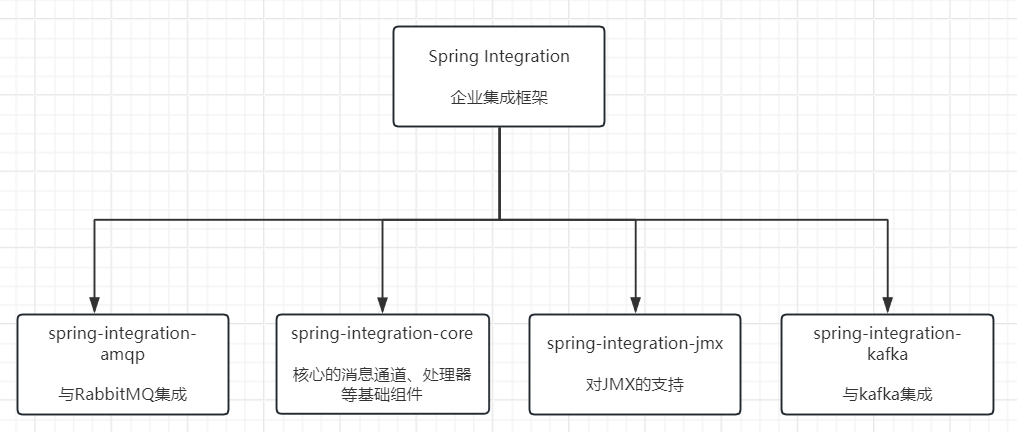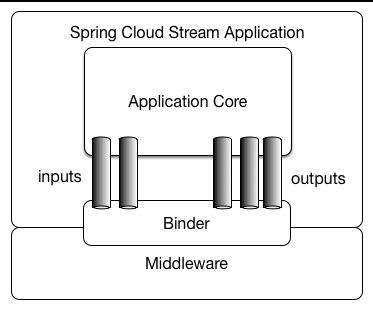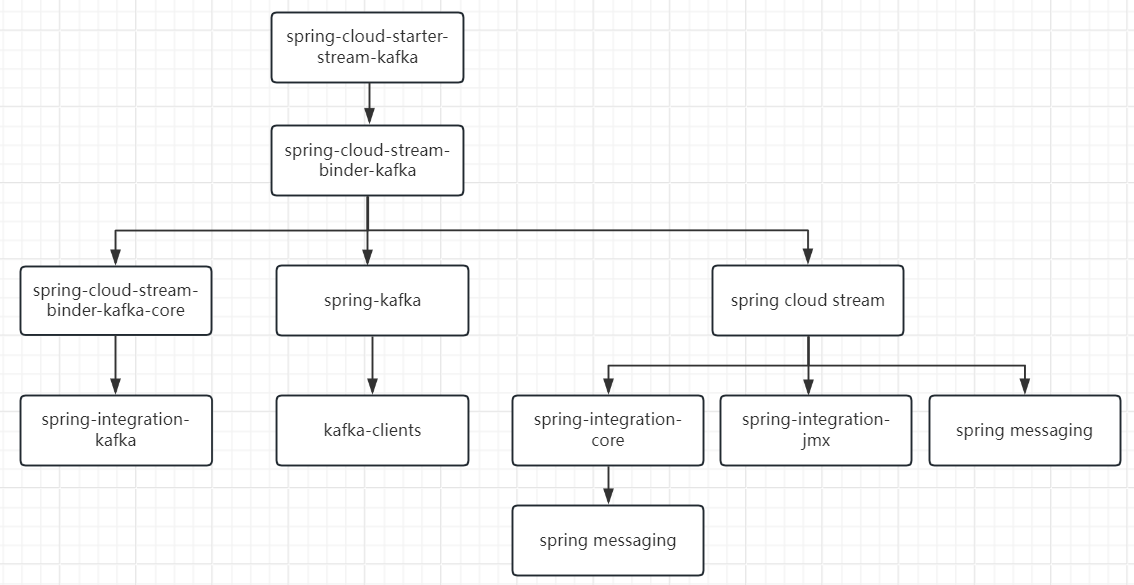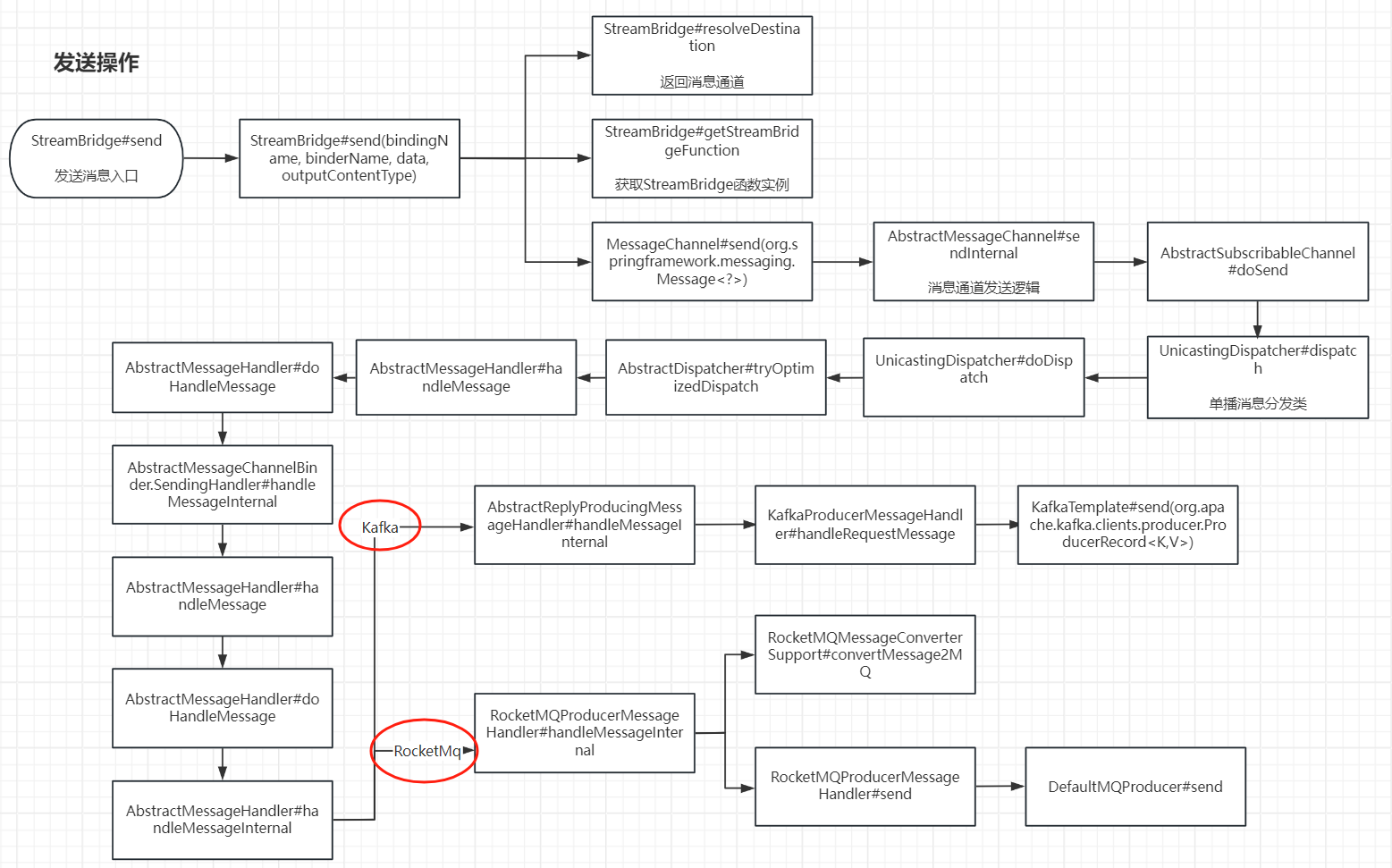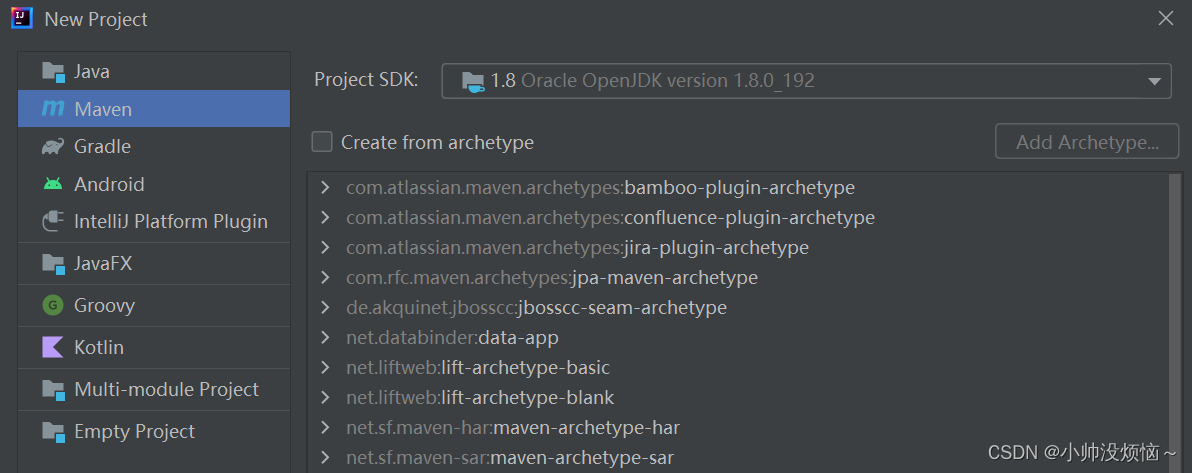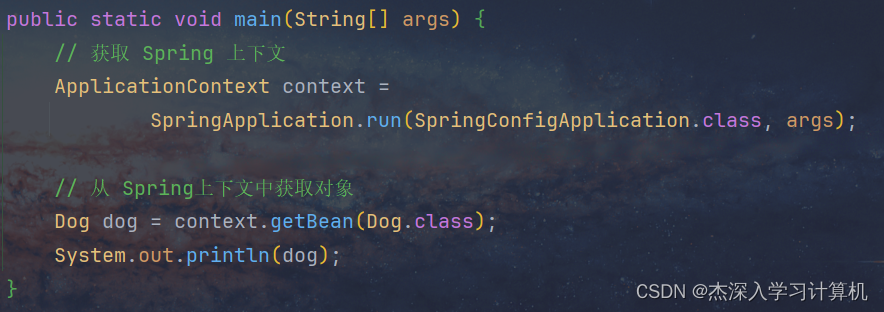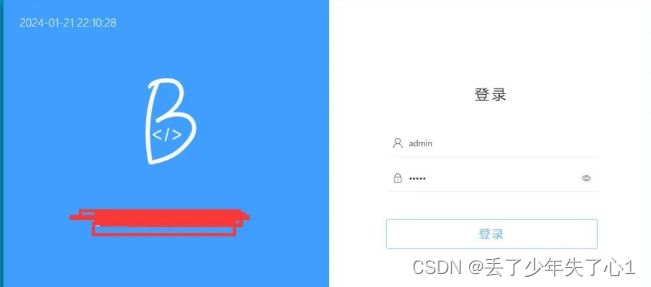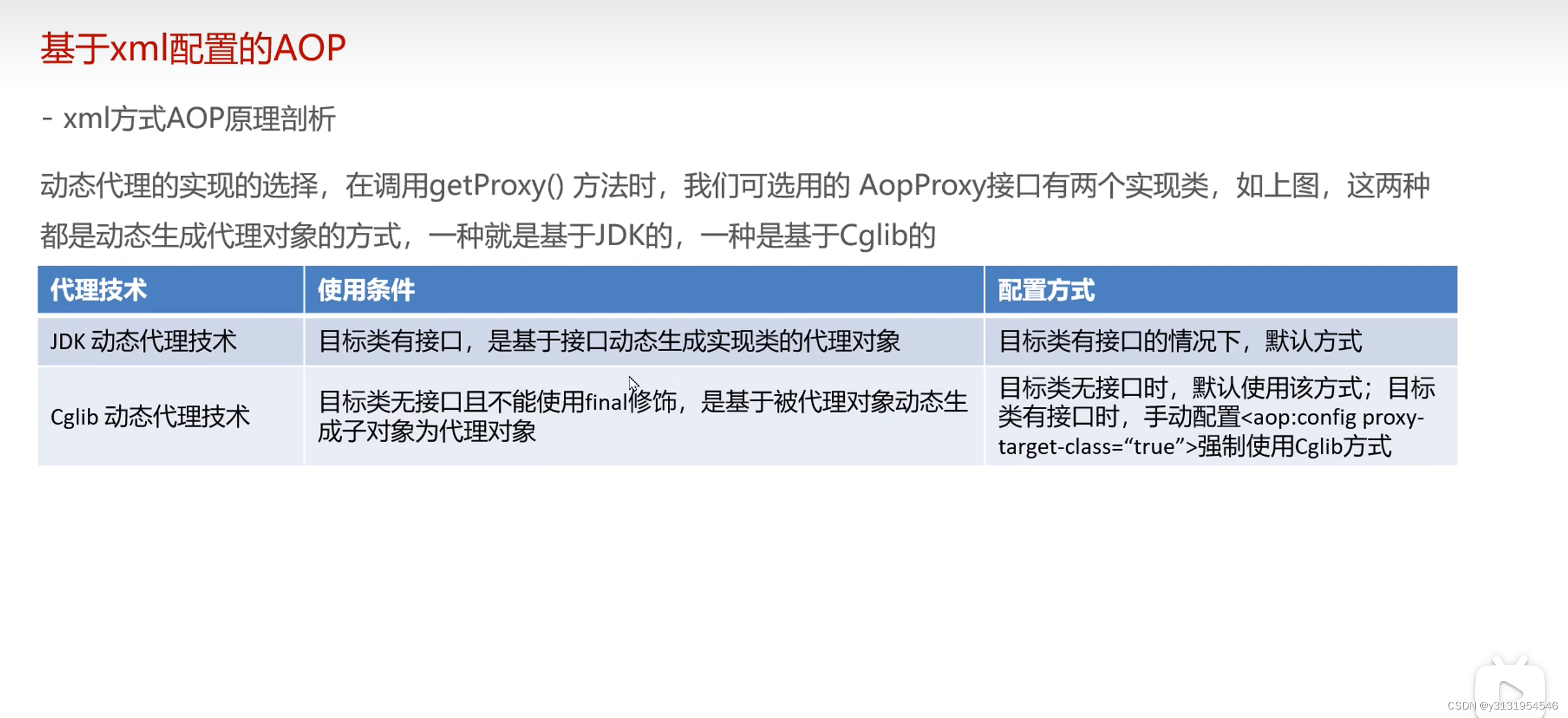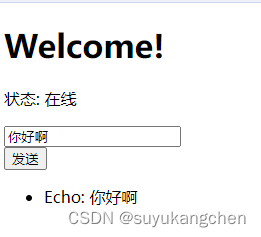本文介绍: Binder 抽象使 Spring Cloud Stream 应用程序能够灵活地连接中间件。Spring Cloud Stream 为 Kafka 和 RabbitMQ 提供了 Binder 实现。RocketMQ Binder 已由 Spring Cloud Alibaba 实现。Binder 抽象也是该框架的扩展点之一,我们可以在 Spring Cloud Stream 之上实现自定义 Binder。
引言
在当前的微服务架构下,使用消息队列(MQ)技术是实现服务解耦和削峰填谷的重要策略。为了保证系统的灵活性和可替换性,我们需要避免对单一开源技术的依赖。
市面上有多种消息队列技术,如 Kafka、RocketMQ、RabbitMQ 等。关键在于如何在微服务体系中实现这些MQ组件的无缝切换,以减少代码修改需求。
Spring Cloud Stream 通过其与主流消息中间件的灵活集成,实现了通过仅修改配置文件的方式来切换不同的MQ实现,从而提高了系统的适应性和可维护性。
什么是 Spring Cloud Stream
Spring Cloud Stream 是一个用于构建消息驱动的微服务应用程序的框架。
基于 Spring Boot 构建,用于创建独立的生产级 Spring 应用程序,并使用 Spring Integration 提供与消息代理的连接。它提供了来自多个供应商的中间件的固定配置,引入了持久发布–订阅语义、消费者组和分区的概念。
简单来说 Spring Cloud Stream 是对 Spring Integration 和 Spring Boot 的合并。
主要概念:
1. application model(应用模型)
2. The Binder Abstraction(Binder抽象)
3. Programming Model(编程模型)
环境搭建
maven依赖配置
配置文件
消息生产者
消息消费者
Spring Cloud Stream 发送消息流程
消息模型
结论
参考资料
声明:本站所有文章,如无特殊说明或标注,均为本站原创发布。任何个人或组织,在未征得本站同意时,禁止复制、盗用、采集、发布本站内容到任何网站、书籍等各类媒体平台。如若本站内容侵犯了原著者的合法权益,可联系我们进行处理。

